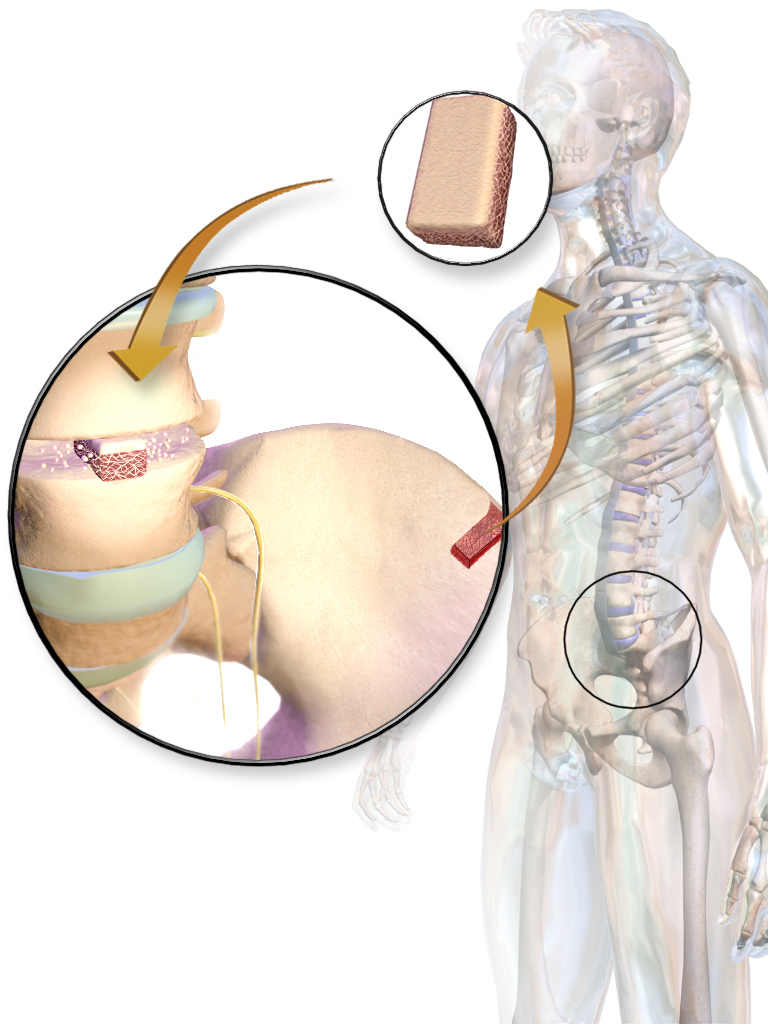| name | Autograft Bone |
| Classification | Surgical/Implant Material |
| Pharmacokinetics | Not applicable; Autograft bone is a tissue graft, not a drug. No systemic absorption or metabolism occurs. The graft material integrates into the recipient site, becoming part of the patient's own skeleton. |
| suggested dosage | Dosage is not a concept applicable to bone autografts. The amount of bone graft is determined by the specific surgical needs of the patient, often based on the size and extent of the defect being repaired. Specific surgical protocols and the experience of the surgeon determine graft size. This is a highly individualized procedure. |
| indications | | 1 | Bone defects (fractures, non-unions) | | 2 | Craniofacial defects | | 3 | Dental bone defects | | 4 | Orthopedic procedures requiring bone augmentation | | 5 | Arthroplasty (joint replacement) requiring bone grafting |
|
| Safety in pregnancy | Limited data. Autograft bone is a biological tissue transfer, not a drug. No specific teratogenic concerns should be considered independent of the underlying condition requiring the procedure, if any. |
| Safety in breast feeding | Limited data. Autograft bone is a biological tissue transfer, not a drug. No specific concerns about effects on breastfed infants should be considered independent of the underlying condition requiring the procedure, if any. Consult with the medical team. |
| side effects | | 1 | Infection at the surgical site (possible with any surgical procedure) | | 2 | Pain at the surgical site | | 3 | Swelling at the surgical site | | 4 | Bleeding (possible with any surgical procedure) | | 5 | Nerve injury (rare, related to the specific surgical site) | | 6 | Delayed healing |
|
| alternatives | |
| contraindications | | 1 | Active infections at the surgical site | | 2 | Uncontrolled systemic disorders that may interfere with wound healing | | 3 | Known hypersensitivity/allergy to the donor tissue | | 4 | Patient factors that may make the procedure too high risk |
|
| interactions | No direct drug interactions. Interactions may be possible with other medications used to manage pain, infection, or other systemic conditions related to the surgical procedure. |
| warnings | | 1 | Careful surgical technique is critical to minimize risks. | | 2 | Post-operative care and adherence to instructions are vital. | | 3 | Proper management of potential complications is crucial. |
|
| precautions | | 1 | Patient's overall health status must be carefully assessed before surgery. | | 2 | Age, underlying medical conditions, and other relevant factors may influence the decision to perform the procedure. | | 3 | Potential for complications related to anesthesia should be considered. |
|
| additional informations | Autograft bone is the patient's own bone tissue and thus avoids immune response or rejection. It is the gold standard in certain cases where bone regeneration or augmentation is needed. The patient's weight and age are not factors determining the dosage or use of autograft bone; this is purely a surgical consideration based on the specific needs of the case. Patient should be fully informed about any risks and benefits. |
| patient details | |

